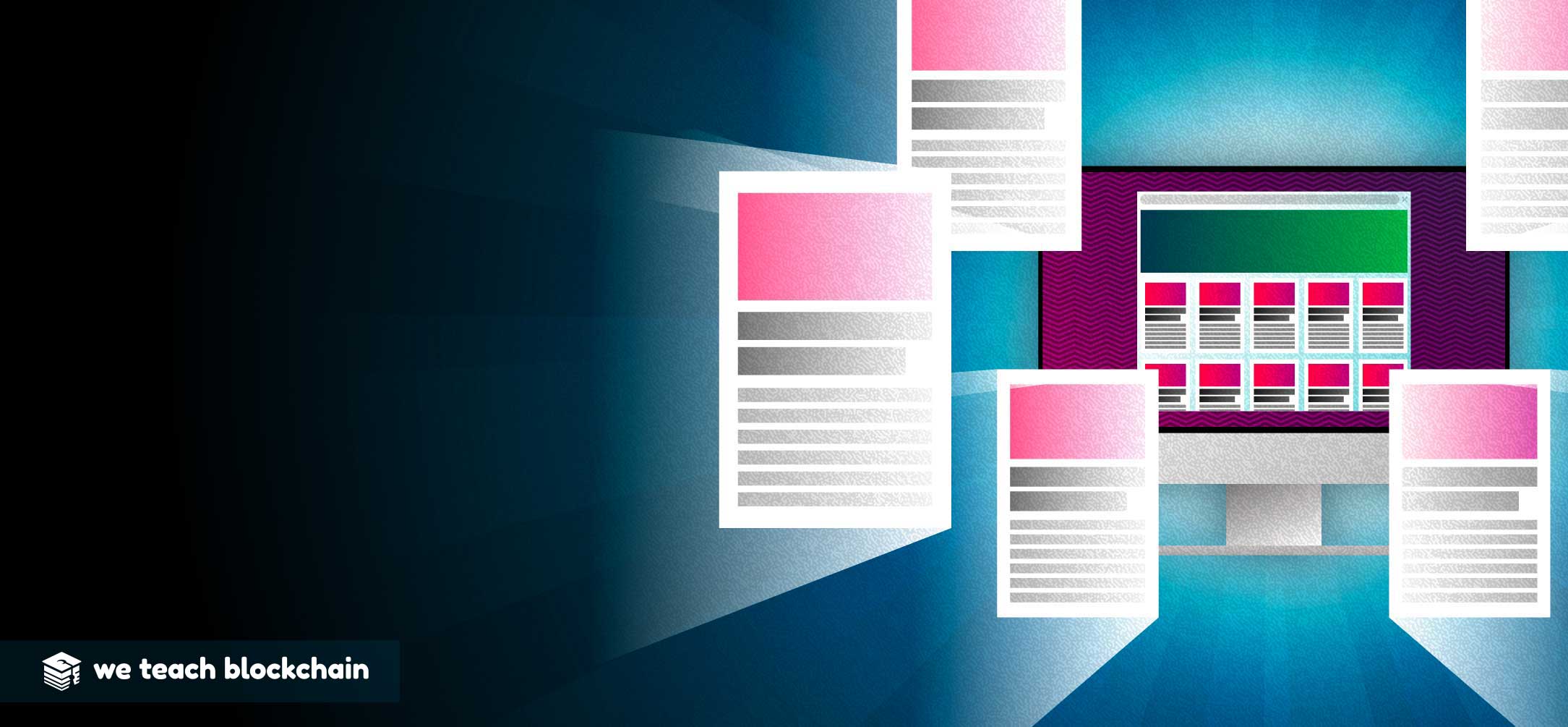What is a blockchain fork?
No, we are not talking about everyone’s favorite piece of silverware. Think of it as a fork in the road. The path you were walking down now diverges into two (or more) different paths forward.
Blockchains exist because networks of computers run the same software that follows the same set of rules. The code that makes up this software on a public blockchain is open-source, meaning anyone can copy it and make any changes they want.
If groups of nodes are running different software or there are inconsistencies in the record of transactions, it can cause the blockchain to fork.
NODE
A node is a computer that runs a blockchain’s software and is working to maintain it.Learn more blockchain terms with our crypto crypto slang page.
Types of Forks
Temporary Forks
Blockchains collectively maintain a record of all the transactions conducted on the network. The most common type of fork occurs when multiple blocks have the same block height.

This can happen when multiple new valid blocks are found and confirmed during times of high transaction volume. Groups of nodes would temporarily have different copies of the blockchain ledger. In proof-of-work consensus models, the longest chain will always win, so the network will ultimately return to a global consensus. The transactions contained in the shorter chain will return to the mempool to be added to a future block.
MEMPOOL
The digital waiting room where transactions are sent before they are included in a block by a miner.Learn more blockchain terms with our crypto crypto slang page.
Permanent Forks
While most forks are temporary, software upgrades to the network or changes in the protocol can result in a permanent fork.
Soft Forks
A type of upgrade which is backward compatible with nodes running older versions of the software. Even if only some of the nodes chose to run the upgraded version of the software they can still interact with and maintain consensus on the network. Soft Forks do not create a new path so there is no new blockchain or currency.
Hard Fork
A software upgrade or change that forces nodes on the network to upgrade or results in a permanent split in the network. In this case, the upgraded nodes are not backward compatible and cannot interact with older nodes.
If nodes are running the old version of the software, they will end up with their own version of blockchain data, completely separate from the nodes that upgraded. This situation results in the creation of two separate networks.

Bitcoin and Bitcoin Cash
On August 1st of 2017, Bitcoin experienced a hard fork that created two separate blockchains, Bitcoin and Bitcoin Cash.The Bitcoin community had argued for years over whether Bitcoin should be a store of value or medium of exchange. Those that favored Bitcoin being a medium of exchange proposed a change to the code that would increase the size limit of each block from one megabyte to eight.
The nodes that accepted the new upgrade became incompatible with the nodes that did not and two diverging paths were formed. If you held bitcoin before the fork, you would now have an equal amount of coins on both networks that could be used independently of each other.








